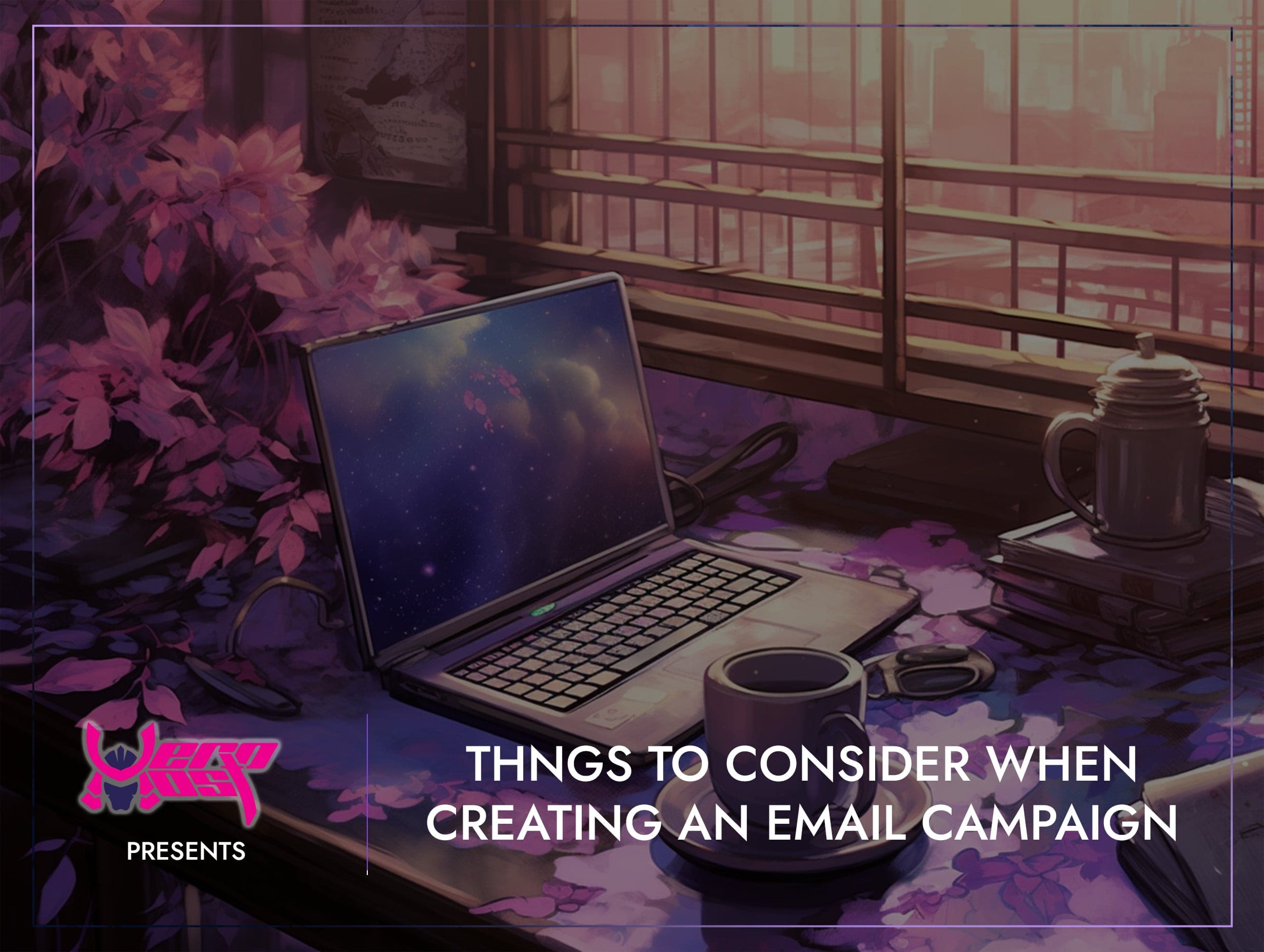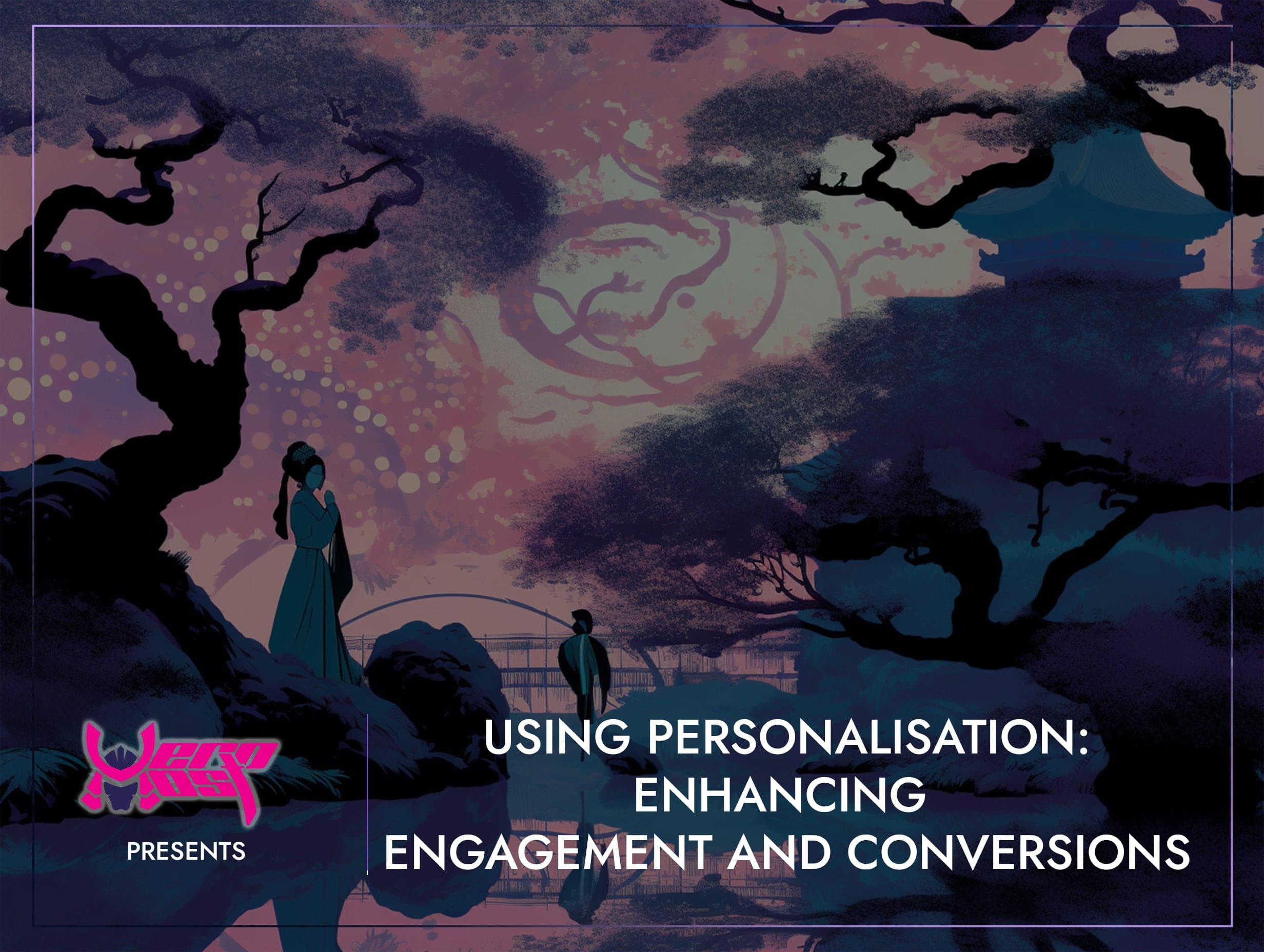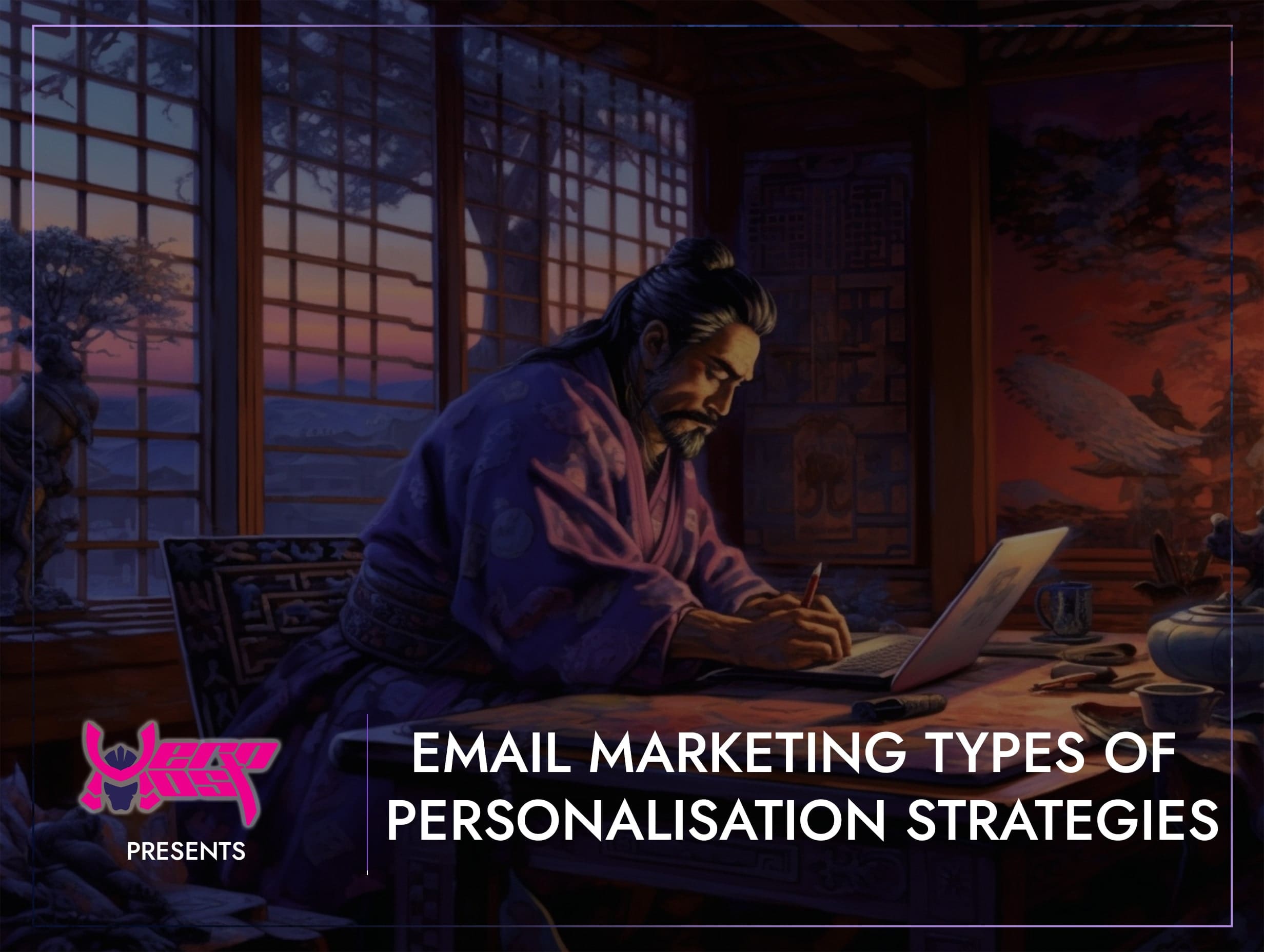Things to Consider When Creating an Email Campaign
- Home
- Email Marketing
- Things to Consider When Creating an Email Campaign

- Mikey Ryu
- March 25, 2024
- 0
Things to Consider When Creating an Email Campaign
In the digital age, email campaigns stand as stalwarts of modern marketing, offering businesses a direct conduit to engage with their audience on a personalised and impactful level. Mastering the art and science of email campaigns requires a deep understanding of various facets, including audience segmentation, compelling content creation, strategic scheduling, and meticulous tracking and analysis. Crafting experiences tailored to individual preferences and behaviours, from enticing subject lines to strategic call-to-action placements, is key to driving engagement and conversions. Moreover, unravelling the metrics behind email campaigns provides invaluable insights for refining strategies and achieving marketing goals. In today’s ever-evolving digital landscape, the ability to comprehend and adeptly wield the potential of email campaigns is indispensable for businesses striving to forge meaningful connections and propel sustainable growth. In this blog, we will cover 5 of the most key components of email campaigns:
- Objective and Target Audience
- Email list and Email Design
- Personalisation
- Content and Call-to-Action
- Follow-up and Lead Nurturing
Understanding Email Campaigns:
Email campaigns are a cornerstone of modern marketing strategies, allowing businesses to directly engage with their audience in a personalised and impactful way. At its core, understanding email campaigns involves grasping the intricacies of audience segmentation, compelling content creation, strategic scheduling, and meticulous tracking and analysis. Successful email campaigns are not just about broadcasting messages but crafting experiences tailored to individual preferences and behaviours. From crafting enticing subject lines to optimising call-to-action placements, each element plays a crucial role in driving engagement and conversions. Moreover, understanding the metrics behind email campaigns, such as open rates, click-through rates, and conversion rates, provides invaluable insights for refining strategies and achieving marketing goals. In today’s digital landscape, mastering the art and science of email campaigns is essential for businesses aiming to build meaningful connections and drive sustainable growth.
Objective and Target Audience:
The objective of an email campaign serves as its guiding force, defining the overarching goal that the campaign aims to achieve. Whether it’s driving sales, increasing brand awareness, promoting new products or services, or nurturing customer relationships, a clear objective provides focus and direction throughout the campaign’s lifecycle. Understanding the specific objectives allows marketers to tailor content, design, and strategies accordingly, maximising the campaign’s effectiveness.
Identifying the target audience is equally crucial for the success of an email campaign. By defining the demographic, psychographic, and behavioural characteristics of the intended recipients, marketers can personalise content and messaging to resonate with their audience on a deeper level. Understanding the preferences, pain points, and aspirations of the target audience enables marketers to deliver relevant and compelling email experiences, fostering engagement and driving desired actions.
Ultimately, aligning the campaign’s objective with the needs and interests of the target audience forms the foundation for a successful email marketing initiative, facilitating meaningful connections and driving measurable results.
Email list and Design:
Building a quality email list is fundamental to the success of any email campaign. The effectiveness of your message relies heavily on the recipients’ interest and engagement with your brand. Therefore, it’s essential to focus on growing a list of subscribers who have opted in willingly and are genuinely interested in what you have to offer. Utilising various strategies such as website sign-up forms, social media promotions, and lead magnets can help expand your email list while ensuring it remains targeted and engaged.
Equally important is the design of your email templates. The visual appeal and functionality of your emails significantly impact engagement rates. A well-designed email template should be visually appealing, mobile-responsive, and reflect your brand’s identity consistently. Paying attention to elements such as layout, typography, imagery, and colour scheme can enhance the overall user experience and encourage recipients to take the desired action.
Moreover, personalisation plays a crucial role in email design. Tailoring content and messaging based on recipient data such as name, past interactions, and preferences can significantly increase engagement and conversion rates. Incorporating dynamic content and segmentation techniques allows for more relevant and targeted communication, maximising the impact of your email campaigns.
By focusing on building a quality email list and designing visually appealing and personalised email templates, marketers can create compelling email experiences that resonate with recipients and drive desired outcomes effectively.
Personalisation:
In today’s marketing landscape, personalisation is no longer just a buzzword—it’s a necessity. Personalised email campaigns go beyond addressing recipients by their first name; they delve into understanding individual preferences, behaviours, and interests to deliver tailored content that resonates on a deeper level.
Personalisation starts with data. Utilising customer data effectively allows marketers to segment their email lists based on demographics, purchase history, browsing behaviour, and engagement patterns. By segmenting the audience into smaller, more targeted groups, marketers can create hyper-relevant messaging that speaks directly to the needs and interests of each segment.
Some things you can personalise:
Subject Line:
Tailoring the subject line to include the recipient’s name or reference to their recent activity can increase open rates.
Greetings:
Addressing the recipient by their name creates a more personalised touch from the start.
Content:
Customising the body of the email based on the recipient’s preferences, past purchases, or browsing history increases relevance and engagement.
Product Recommendations:
Including personalised product recommendations based on the recipient’s purchase history or browsing behaviour encourages them to make a purchase.
Call-to-Action (CTA):
Tailoring the CTA to reflect the recipient’s interests or needs can improve click-through rates and conversions.
Images:
Displaying images that are relevant to the recipient’s preferences or past interactions with your brand enhances the personalisation of the email.
Offers and Discounts:
Providing personalised offers or discounts based on the recipient’s behaviour or previous purchases can entice them to take action.
Timing:
Sending emails at optimal times based on the recipient’s time zone or past engagement patterns increases the likelihood of them opening and engaging with the email.
Dynamic content is another powerful tool for personalisation. Dynamic content allows marketers to create email campaigns with elements that change based on the recipient’s data or behaviour. Whether it’s showcasing products related to past purchases, recommending content based on browsing history, or offering personalised promotions, dynamic content enables marketers to deliver highly relevant and engaging experiences to each recipient.
Automation plays a crucial role in scaling personalisation efforts. With marketing automation tools, marketers can set up triggered email campaigns that deliver personalised messages based on specific actions or events, such as abandoned cart reminders, post-purchase follow-ups, or birthday greetings. Automation not only saves time but also ensures that personalised communication is delivered at the right moment, maximising its impact.
Ultimately, personalisation humanises the email experience, fostering stronger connections between brands and their audience. By leveraging data, dynamic content, and automation, marketers can create email campaigns that not only capture attention but also drive engagement, loyalty, and conversions.
Content and Call-to-Action:
The content of an email serves as the heart of your message, where personalisation and relevance truly shine. Crafted with the recipient’s interests, preferences, and behaviours in mind, personalised content can capture attention and drive engagement. Whether it’s sharing tailored product recommendations, delivering exclusive content based on past interactions, or providing helpful resources aligned with their needs, the content should aim to add value and resonate with the recipient on a personal level. Moreover, a compelling call-to-action (CTA) catalyses action, guiding recipients towards the desired next step, whether it’s making a purchase, signing up for an event, or downloading a resource. The CTA should be clear, concise, and aligned with the recipient’s interests, encouraging them to take action with a sense of urgency or exclusivity. By combining personalised content with strategic CTAs, marketers can create email campaigns that not only captivate recipients but also drive meaningful interactions and conversions.
Follow-up and Lead Nurturing:
Effective follow-up and lead nurturing are essential components of any successful email campaign. Once initial engagement has been established, it’s crucial to maintain momentum and continue building relationships with recipients over time. Follow-up emails can include valuable content, exclusive offers, or personalised recommendations based on previous interactions to keep recipients engaged and interested. Additionally, lead nurturing involves guiding prospects through the buyer’s journey, providing them with the information and support they need to make informed decisions. This may involve sending targeted emails at different stages of the sales funnel, addressing common objections, and providing additional resources to address specific pain points. By implementing a well-planned follow-up and lead nurturing strategy, marketers can strengthen relationships, build trust, and ultimately, drive conversions and customer loyalty.
Best Practices of Email Campaigns:
Audience Segmentation:
Divide your email list into smaller segments based on demographics, preferences, and behaviours to deliver more personalised and relevant content.
Personalisation:
Customise emails with the recipient’s name, past interactions, and purchase history to create a more tailored and engaging experience.
Mobile Optimisation:
Design emails that are mobile-responsive to ensure they display correctly on various devices, as a significant portion of users access emails on smartphones and tablets.
Clear and Compelling Subject Lines:
Craft concise and attention-grabbing subject lines that entice recipients to open the email while accurately representing the content inside.
Compelling Content:
Provide valuable and relevant content that meets the needs and interests of your audience, whether it’s informative articles, product recommendations, or exclusive offers.
Eye-catching Design:
Use visually appealing layouts, images, and typography that align with your brand’s identity and draw attention to key messages and calls to action.
Call-to-Action (CTA):
Include clear and persuasive CTAs that prompt recipients to take the desired action, whether it’s making a purchase, signing up for an event, or downloading a resource.
A/B Testing:
Experiment with different elements of your emails, such as subject lines, content, and CTAs, through A/B testing, to identify what resonates best with your audience and optimize future campaigns.
Optimised Sending Time:
Schedule emails to be sent at times when recipients are most likely to engage, based on their time zone and past open and click-through rates.
Analytics and Optimisation:
Track key metrics such as open rates, click-through rates, and conversion rates to measure the effectiveness of your email campaigns and make data-driven decisions for improvement.
By following these best practices, marketers can create email campaigns that effectively engage recipients, drive conversions, and ultimately, achieve their marketing objectives.
In the realm of modern marketing, email campaigns remain indispensable tools for fostering meaningful connections and driving tangible results. By adhering to best practices—such as audience segmentation, personalisation, and strategic optimisation—marketers can craft compelling email experiences that resonate deeply with recipients, fostering engagement and driving conversions. With each email sent, the opportunity arises to nurture relationships, guide prospects through the buyer’s journey, and ultimately, cultivate brand loyalty. As businesses continue to navigate the dynamic digital landscape, the mastery of email campaigns stands as an enduring pillar, empowering marketers to forge lasting connections and unlock the full potential of their marketing endeavours.
Search
Categorys
- Branding (12)
- Business Growth Guides (3)
- Business Insights (3)
- Content Marketing (43)
- Domain Authority (19)
- Email Marketing (28)
- Google Analytics & Search Console (5)
- Hack or Not (2)
- Hero Host News (0)
- Inbound Marketing (32)
- Lessons From Asia (40)
- Marketing Guides (11)
- Martial Arts Journey (14)
- Outbound Marketing (8)
- Search Engine Optimisation (SEO) (41)
- Social Media Marketing (38)
- Web Design (20)
- Website Hosting (4)
- Wordpress (2)






